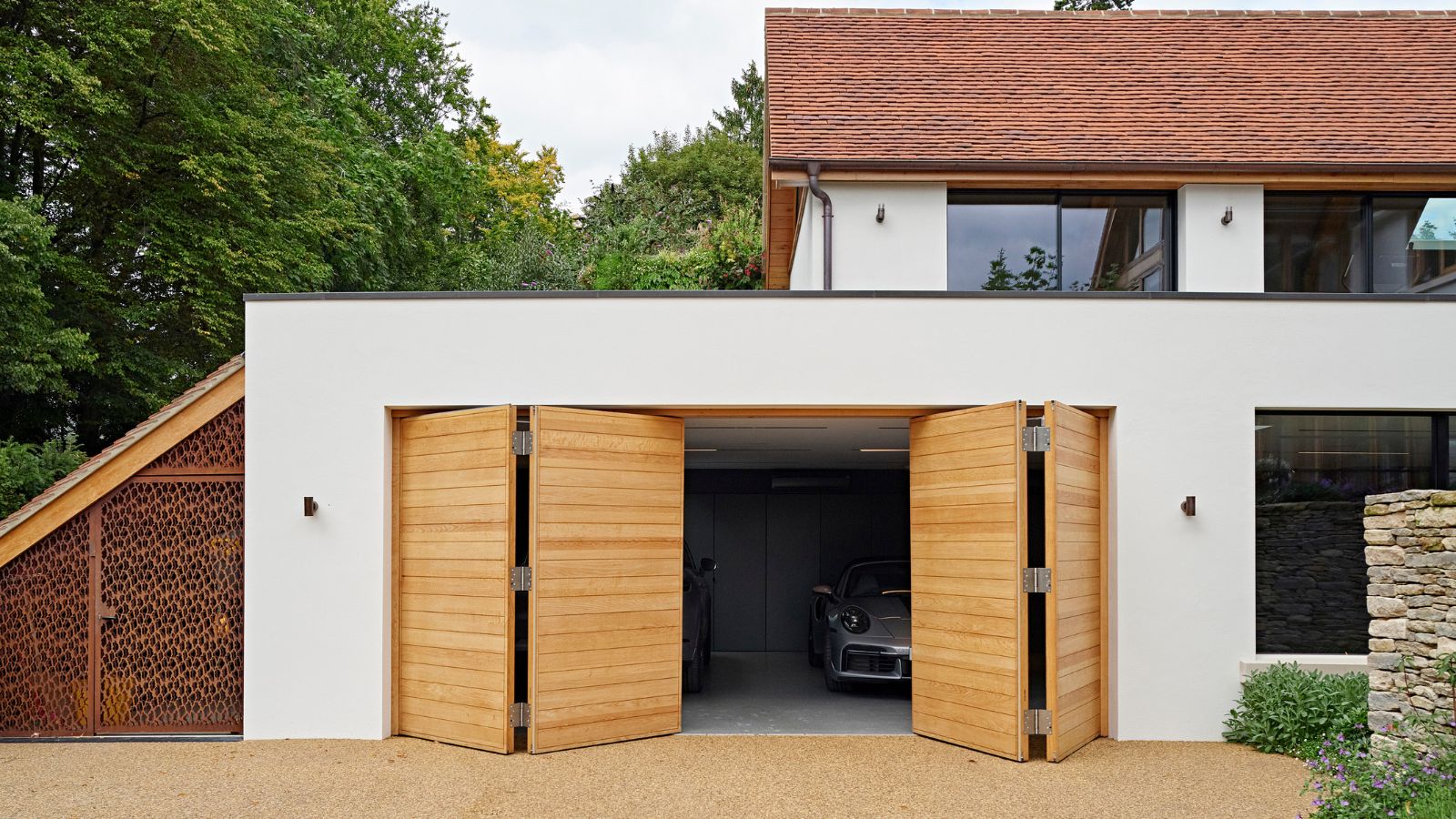An essential guide to conservatory roof types — discover which option is best for your home
Wondering what the difference is between conservatory roof types? Our experts give you the low-down to make the best choice for your home
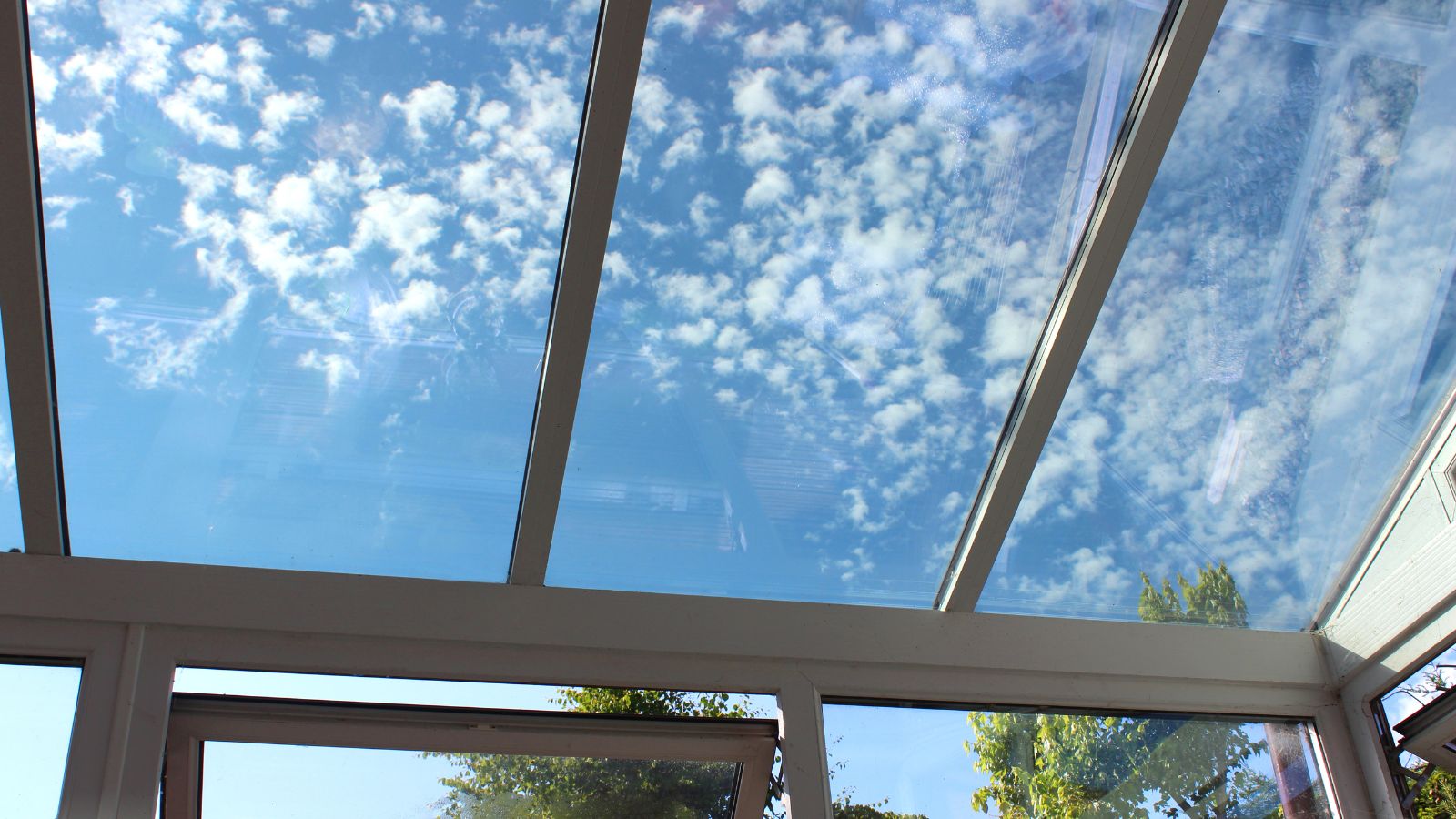
Choosing the right conservatory roof type is one of the most important decisions you’ll make when building or upgrading a conservatory. It can shape everything from how much light the space gets to how warm your conservatory feels in winter and how well it connects with the rest of your home.
If you're in the process of gathering conservatory ideas, it's well worth understanding how each conservatory roof type performs in terms of insulation, appearance and practicality before you commit.
Conservatory Roof Types
In this guide, we explore the most popular conservatory roof types available today, from classic glazed options to solid tiled structures and hybrid designs. Calling on the experts, we’ll help you weigh up the pros and cons of each style, so you can choose a roof that suits your space and how you intend on using it.
Glazed Conservatory Roofs
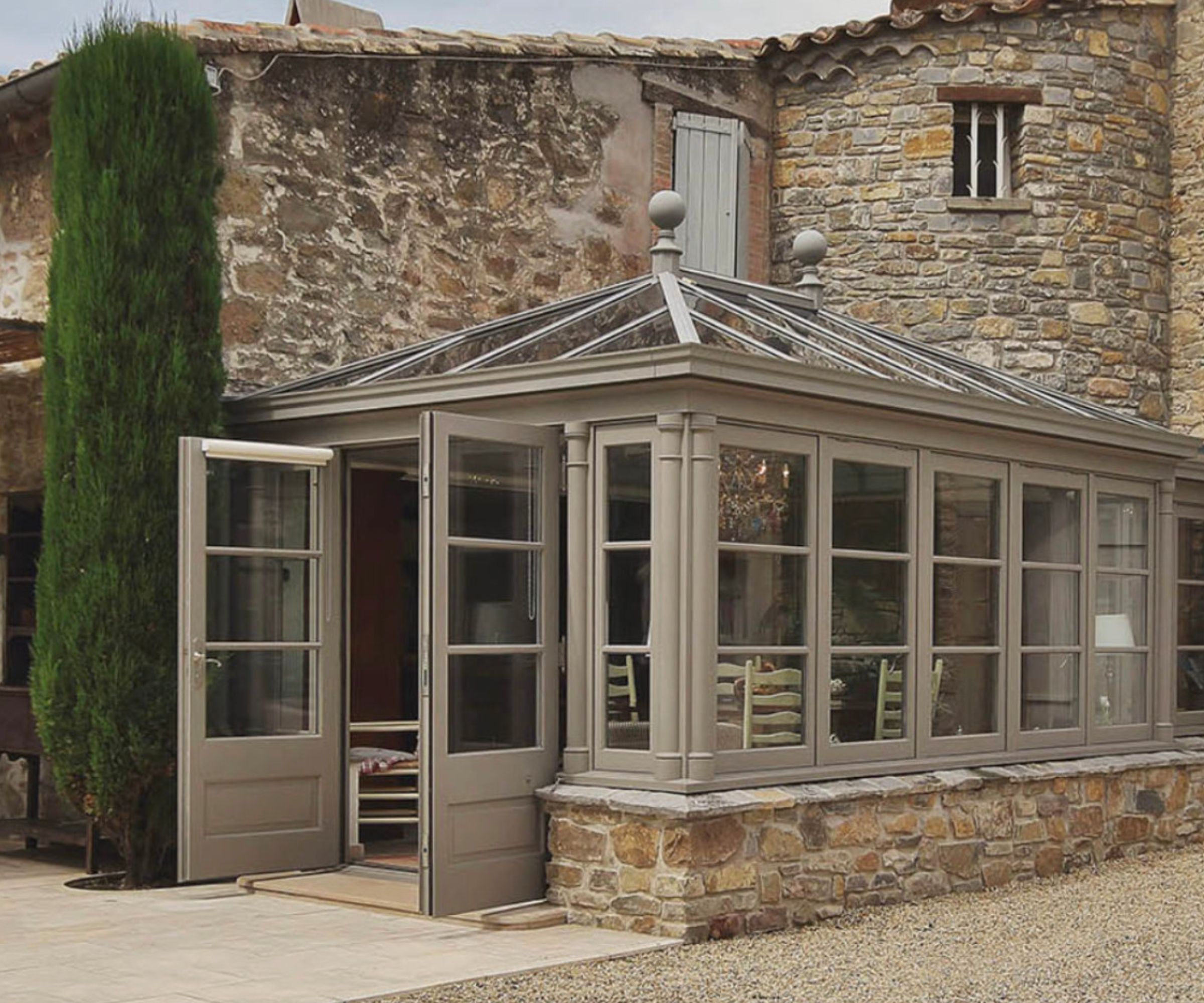
The pros
- Bright and open feel.
- Advanced glass options improve efficiency.
- Ideal for garden views and sky-gazing.
The cons
- Can lead to heat gain/loss without the right type of glazing.
- Requires more upkeep than solid alternatives.
Glass/glazed conservatory roofs remain the most popular choice for conservatory roofs, and it's easy to see why. “A glass conservatory roof maximises the natural light, creating a much brighter and airy space that feels connected to the outdoors,” says Karen Bell, sales director at David Salisbury. “Modern glazing technology improves insulation and reduces glare, making glass a more energy-efficient option than in the past.”
Sharon Wright, sales director at DHW Joinery, recommends using thermal and energy-efficient glass, such as Planitherm. “Thermally efficient glass roofs reduce sunlight and heat gain, keeping you cool in summer and warm in winter,” she explains. “You can even upgrade to self-cleaning glass that breaks down dirt and grime – ideal for lower maintenance.”
But while glazed roofs are extremely popular, they’re not always the most practical choice. As Mervyn Montgomery, managing director of Hampton Conservatories, explains: “Not every location and situation lends itself to an entirely glazed roof, despite this being one of the most distinguishing features of a conservatory. Even with modern technologies and methods to reduce excessive sunlight and inconvenient glare, some homeowners opt for a solid roof design instead.”
Tiled Conservatory Roofs
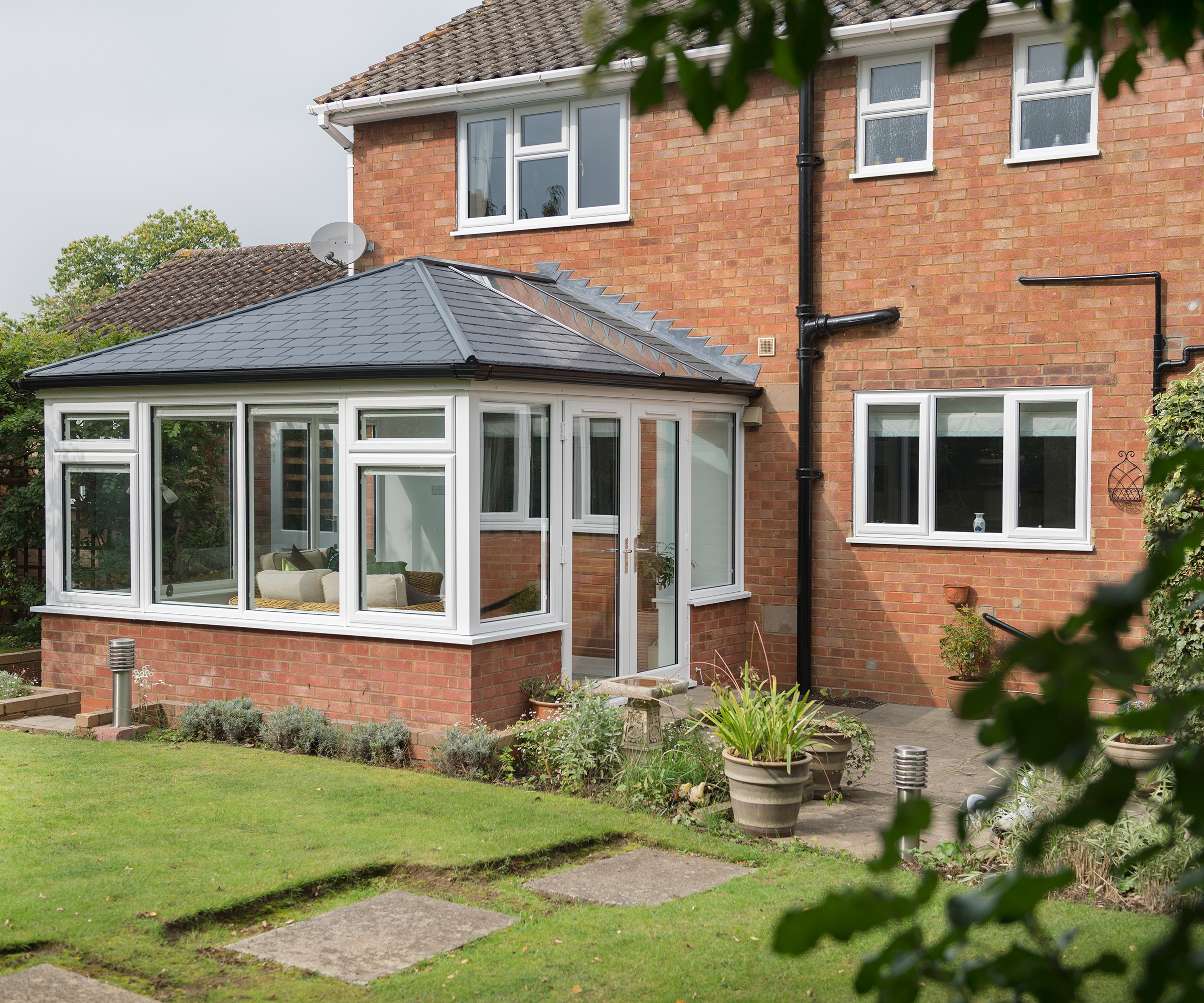
The Pros
- Excellent insulation and privacy.
- Can make the space more multi-functional.
- Low maintenance.
The cons
- Allows less natural light in.
- Typically higher conservatory costs than glass.
Tiled or ‘solid’ roofs have become increasingly popular, especially for homeowners keen to improve insulation and make their conservatory feel like an extension of the main living area,
“A solid roof helps to maintain a stable indoor temperature year-round,” explains Lisa Morton of Vale Garden Houses. “They also provide increased privacy and reduce glare – perfect for home offices or sun-facing locations.”
According to Sharon Wright, “a tiled roof is the most durable and lowest maintenance option, offering lower U-values and improved energy efficiency than standard glass roofs. However, they usually cost more and don’t deliver as much sunlight.”
Hybrid Conservatory Roofs
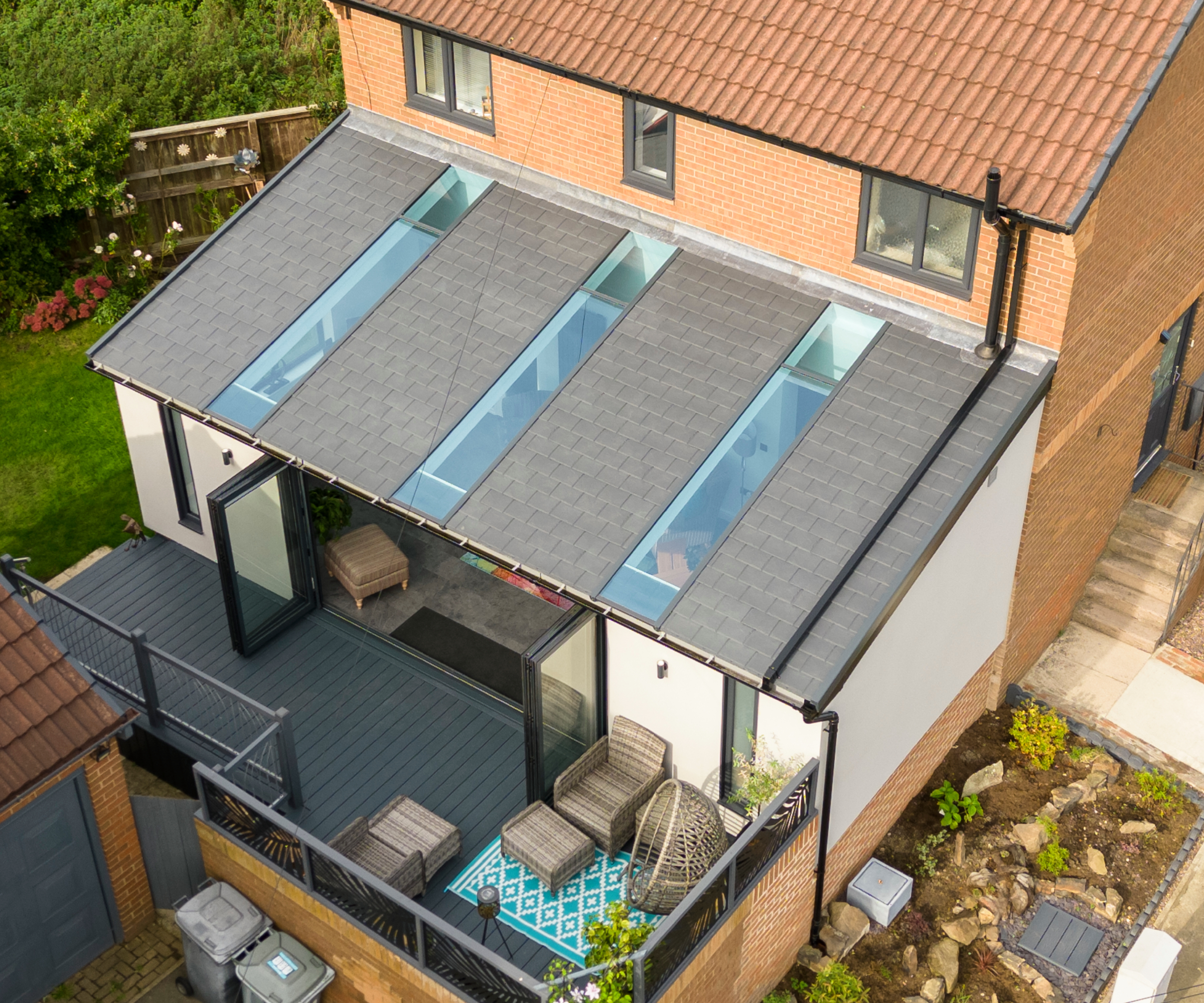
The Pros
- Blends light and thermal control.
- Versatile for different conservatory styles.
- Great for both new builds and conservatory roof replacements.
The cons
- Complex designs may add to installation time and costs.
- May require careful planning.
If you want to flood your space with plenty of light but you don’t want to impact your conservatory’s thermal efficiency, a hybrid conservatory roof offers the best of both worlds.
Combining solid roofing with strategically placed glazing – such as roof lanterns or skylights – these types of roof strike a good balance between conservatory roof insulation and natural light.
“These designs deliver the energy-efficiency and durability of solid roofs with some of the natural illumination of a glass roof,” explains Sharon Wright from DHW Joinery. “This makes them particularly appealing for modern conservatories that serve as multifunctional living spaces, where comfort is key but you still want to enjoy a light-filled atmosphere.”
Polycarbonate Conservatory Roofs
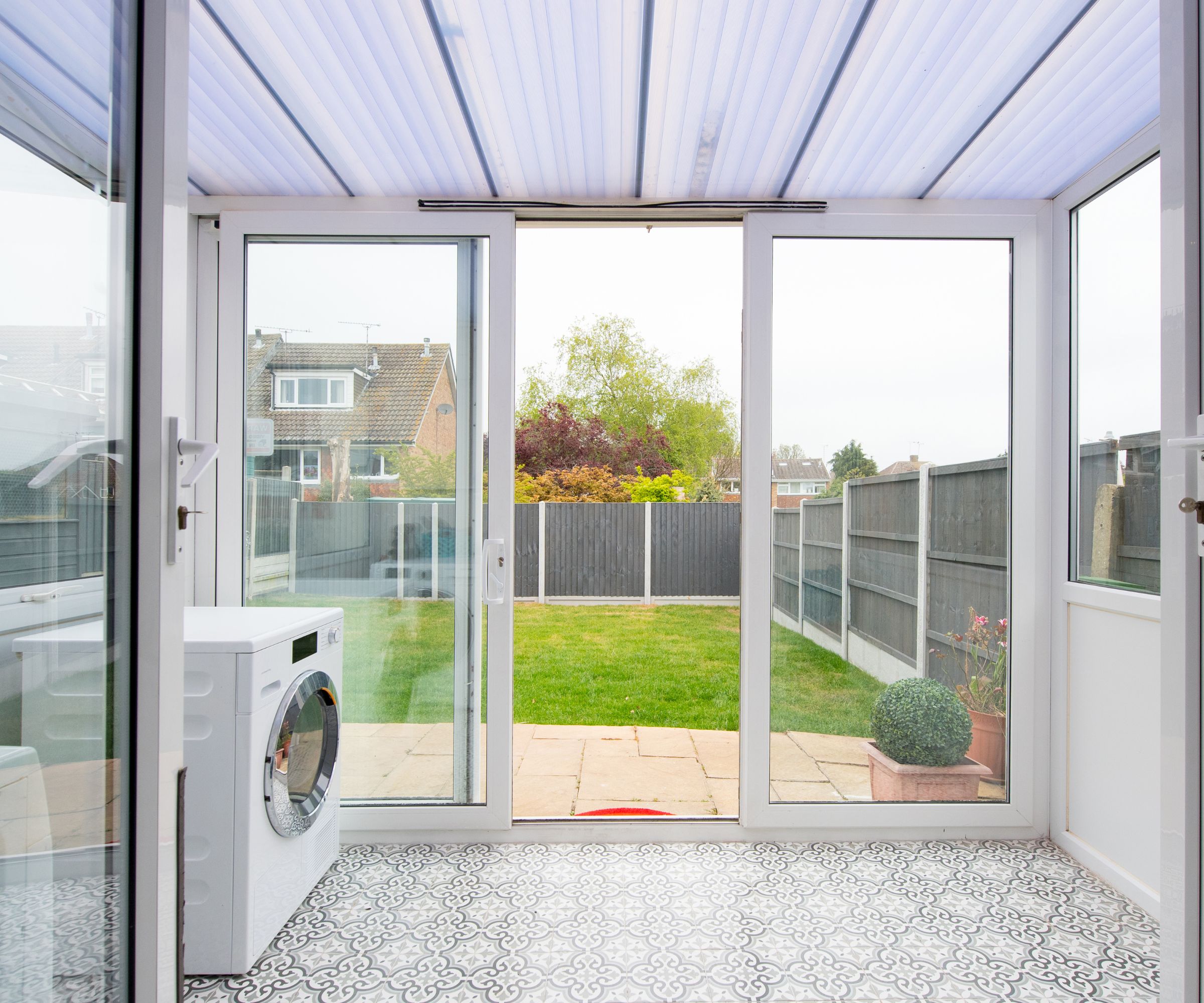
The Pros
- Low initial costs.
- Lightweight and easy to install.
The cons
- Poor thermal and acoustic performance.
- Less durable and often less attractive.
Though less common in new builds, polycarbonate roofs are still a familiar sight in older conservatories. Their main appeal lies in being lightweight, and relatively inexpensive and easy to install, which made them a popular choice in the past. However, their performance often falls short when it comes to insulation and noise reduction.
“These types of conservatory roofs can suffer from heat gain in summer and heat loss in winter,” explains Karen Bell from David Salisbury. “They’re generally being phased out in favour of better insulated options.” As a result, many homeowners with ageing polycarbonate roofs are now opting for a conservatory roof replacement to improve energy efficiency and create a more comfortable space.
While they might suit short-term or budget-conscious projects, polycarbonate roofs are rarely recommended for modern conservatories, especially if you're looking to design a conservatory that adds value to your home.
Flat and lantern roofs
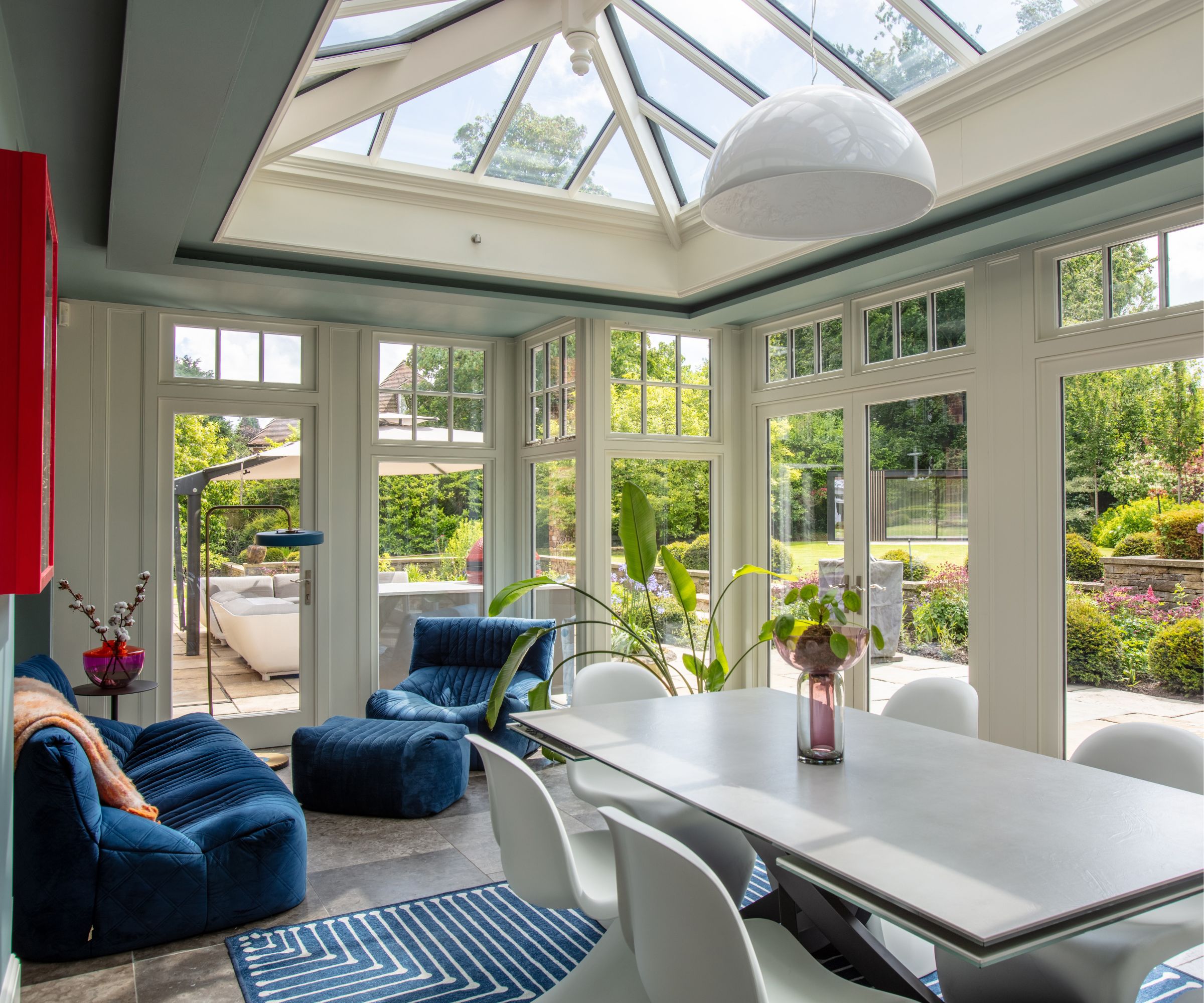
The pros
- Contemporary and stylish.
- Ideal for glazed kitchen extensions.
The cons
- Typically more expensive to install.
- May require planning permission.
If you’re looking for something more architectural than your average glazed roof, a flat solid roof with a statement roof lantern could be just the thing. This style of roof is perfect for anyone wanting their conservatory to blur the lines between traditional add-on and full-on extension. The crisp, clean lines of a flat roof lend themselves beautifully to modern homes, while a lantern overhead draws in light and drama.
Mervyn Montgomery from Hampton Conservatories, points out that this type of structure is also a smart solve for more complicated layouts. “It can be a challenge to attach a fully octagonal conservatory to a host property,” he explains. “So this is often resolved by providing a link passageway either pitched and glazed or with a flat solid roof with glazed sides.”
FAQs
How much does a conservatory roof cost?
Prices can vary widely depending on the size of your conservatory and the type of roof you’re installing. At the lower end of the scale, a polycarbonate or basic glass conservatory roof might cost between £2,500 and £5,000. For something more substantial like a tiled or hybrid roof, you could be looking at £6,000 to £15,000 or more.
Getting a few quotes from trusted installers is always a good idea, and be sure to factor in things like lighting, ventilation, and any structural work if you are repairing an existing conservatory roof or replacing an older one.
Can I replace an old conservatory roof with a different type?
Yes, and it's one of the easiest ways to improve the comfort, insulation and style of your conservatory. Swapping out a dated polycarbonate roof for a glass, tiled or hybrid version can make a dramatic difference to your space. The most important thing to check is whether your existing conservatory structure can support the weight of a new, heavier roof. Tiled roofs especially need proper reinforcement. Most reputable companies will carry out a structural survey as part of the process.
Which roof is best for energy efficiency?
If keeping your conservatory warm in winter and cool in summer is the goal, solid tiled roofs are your best option. They offer superior insulation and help reduce heat loss and solar gain. That said, high-spec glazed roofs can still perform well, especially if you choose thermally efficient glazing like low-e or solar control glass – both of which allow you to enjoy all the benefits of natural light without sacrificing any of the comfort.
Avoid polycarbonate if energy efficiency is a priority for you. These types of roof may be lightweight but they are not known for their thermal performance.
Do I need planning permission to change my conservatory roof?
In most cases, no – replacing your conservatory roof like-for-like or upgrading to a different material doesn’t usually require planning permission. But there are a few exceptions. If your home is listed, in a conservation area, or the roof design will significantly alter the exterior appearance or height, it’s worth checking with your local planning authority.
You should also consider Conservatory Building Regulations, especially if you’re installing a solid roof. This kind of upgrade might count as turning your conservatory into a permanent extension, so it needs to meet certain insulation and structural standards. A good installer will guide you through what’s required. Read our guide to when a conservatory becomes an extension for more details on this.
Meet Our Conservatory Experts

Nearly 40 years ago, Mervyn founded Hampton Conservatories as a specialist manufacturer of bespoke joinery for the restoration and heritage sectors. Since then, he has personally led the company’s expansion across the UK, Ireland, and beyond.

As Sales and Marketing Director at David Salisbury, Karen has gained extensive expertise in conservatories, enabling her to guide customers toward the ideal choice for their home.

Sharon is the co-founder and Director of DHW Joinery. She excels in collaboration with architects, builders, structural engineers, and planning consultants and her industry insights have shaped their distinguished team and products.

Lisa is the Director of Vale Garden Houses, a family-run business with over 40 years of expertise. Renowned for its craftsmanship, Vale is one of the most respected and well-established names in the design and construction of glazed structures.
If you're not quite ready to commit to a full upgrade, conservatory roof repairs can be a smart, budget-friendly alternative, especially for minor structural issues or cosmetic fixes.
Get the Homebuilding & Renovating Newsletter
Bring your dream home to life with expert advice, how to guides and design inspiration. Sign up for our newsletter and get two free tickets to a Homebuilding & Renovating Show near you.

Gabriella is an interiors journalist and has a wealth of experience creating interiors and renovation content. She was Homebuilding & Renovating's former Assistant Editor as well as the former Head of Solved at sister brand Homes & Gardens, where she wrote and edited content addressing key renovation, DIY and interior questions.
She’s spent the past decade crafting copy for interiors publications, award-winning architects, and leading UK homeware brands. She also served as the Content Manager for the ethical homeware brand Nkuku.
Gabriella is a DIY enthusiast and a lover of all things interior design. She has a particular passion for historic buildings and listed properties, and she is currently in the process of renovating a Grade II-listed Victorian coach house in the West Country.
